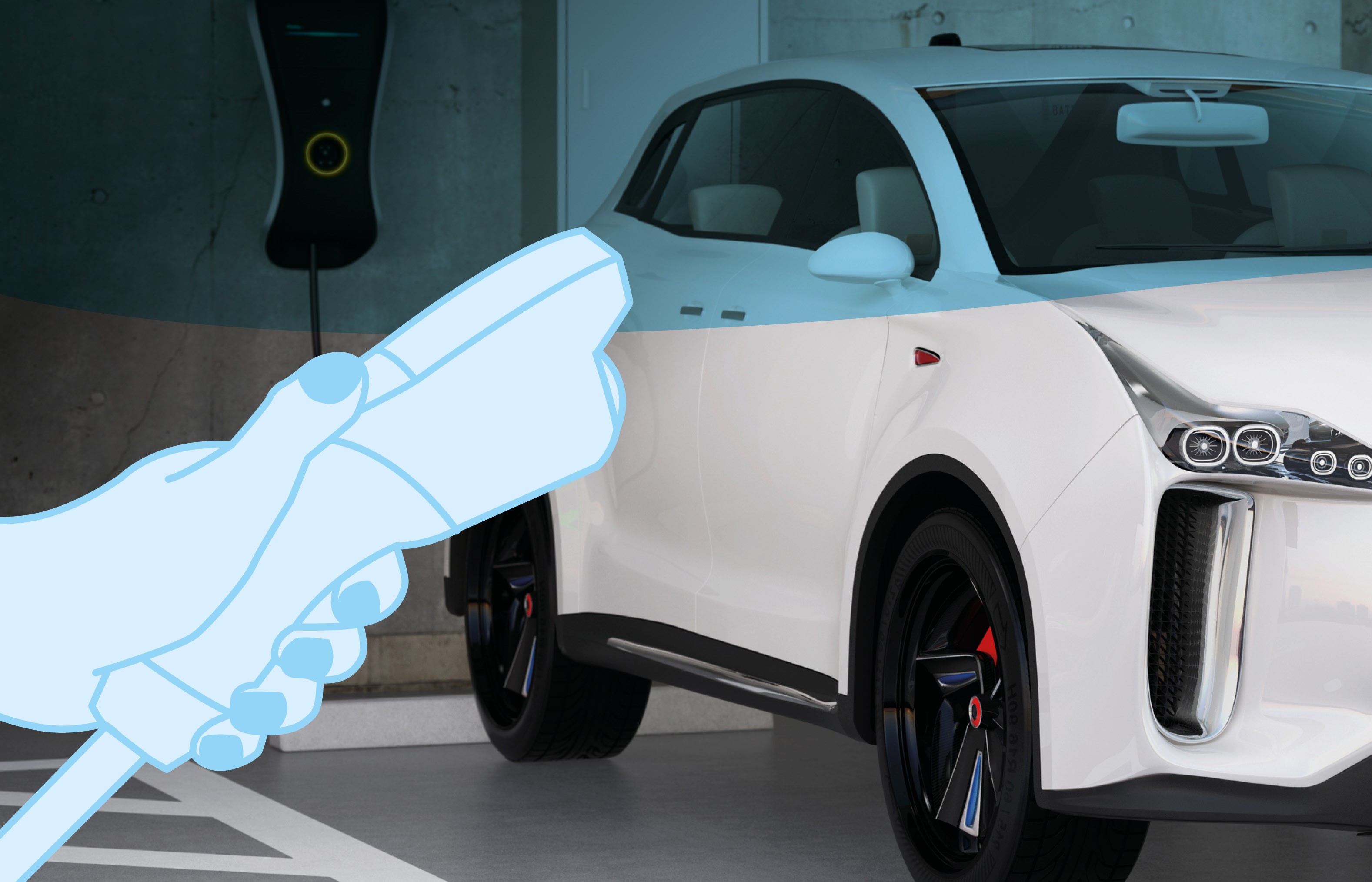Within the framework of Climate Pact 2.0, municipalities can have their efforts in the area of sustainable mobility recognised.
Mobility and transport planning
The municipalities can draw up a comprehensive mobility concept for coherent and sustainable mobility via the measure "1.2.2 Mobility and transport planning". This is based on demand-oriented spatial and development planning, which also includes the planning of appropriate charging infrastructures.
Urban planning instruments -
Innovative urban and rural development
The key implementation instruments here are the measures "1.3.1 Urban planning instruments" and "1.3.2 Innovative urban and rural development", in which the municipality sets its own standards for the use of renewable energies, energy efficiency, air pollution control, climate protection and dealing with climate change, circular economy and sustainable mobility, which are consistently incorporated in the preparation of urban district and village concepts.
Renovation concept
The municipal authority then has the possibilities to define requirements for the charging infrastructure in municipal buildings in the medium and long term with the measure "2.1.3 Renovation concept". This is based on the energy efficiency regulations for buildings, whereby the municipalities have the option of specifying more ambitious requirements in the field of charging options, among other things.
Municipal vehicle fleet
The municipality as a model role in the electrification of its fleet is supported by the measures "4.1.2 Municipal vehicle fleet". The municipality pays particular attention to efficient vehicle use and fuel consumption for its own vehicles, which also requires a corresponding charging infrastructure.
Parking management
The measure "4.2.1 Parking management" builds on mobility and traffic planning, whereby the municipality commits itself to introducing targeted and demand-oriented parking management in the municipal area.



